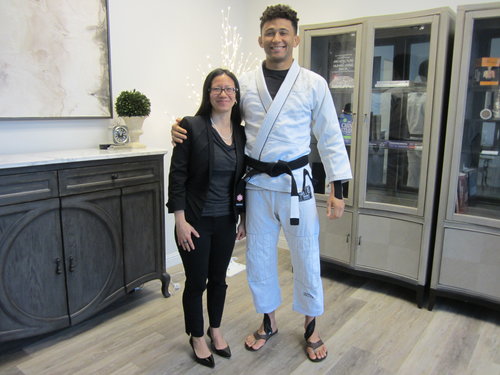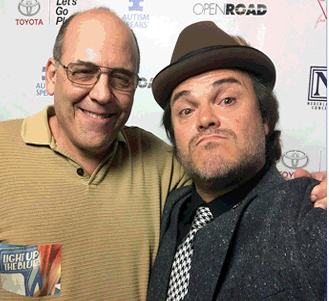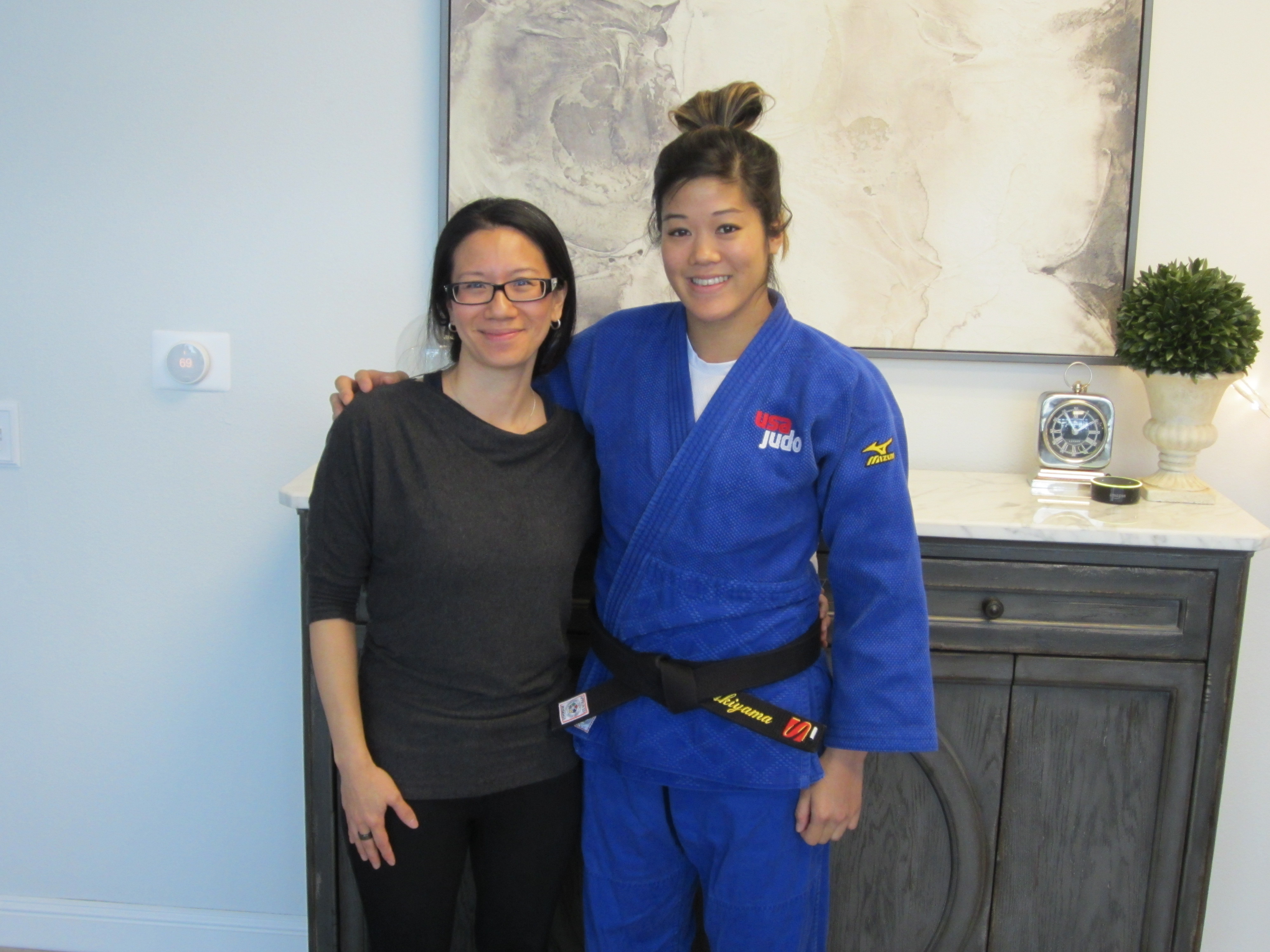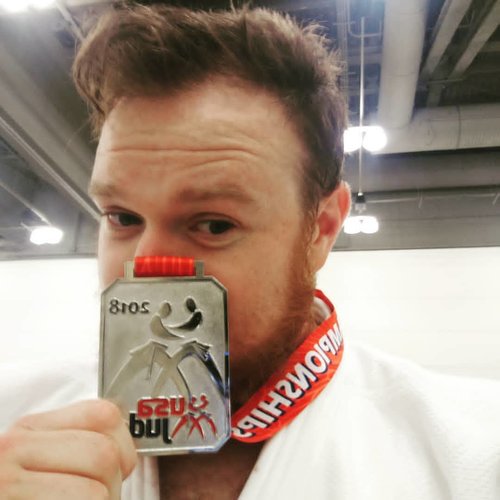Temperature & Fascia
You may have noticed that with the change in temperature you feel stiffer and have more pain. This is because fascia becomes stiffer in the cold. All our nerves and blood vessels run through the fascia and if the fascia becomes stiff, it can trap your nerves. If you already have densifications and adhesions in your fascia that have not been addressed, cold weather can exacerbate and amplify the effects. The result is more stiffness and pain when the weather changes.
In this newsletter we’ll dive into the science of how fascia changes with temperature and we’ll follow with all the things you can do to manage the pain and stiffness in cold weather.
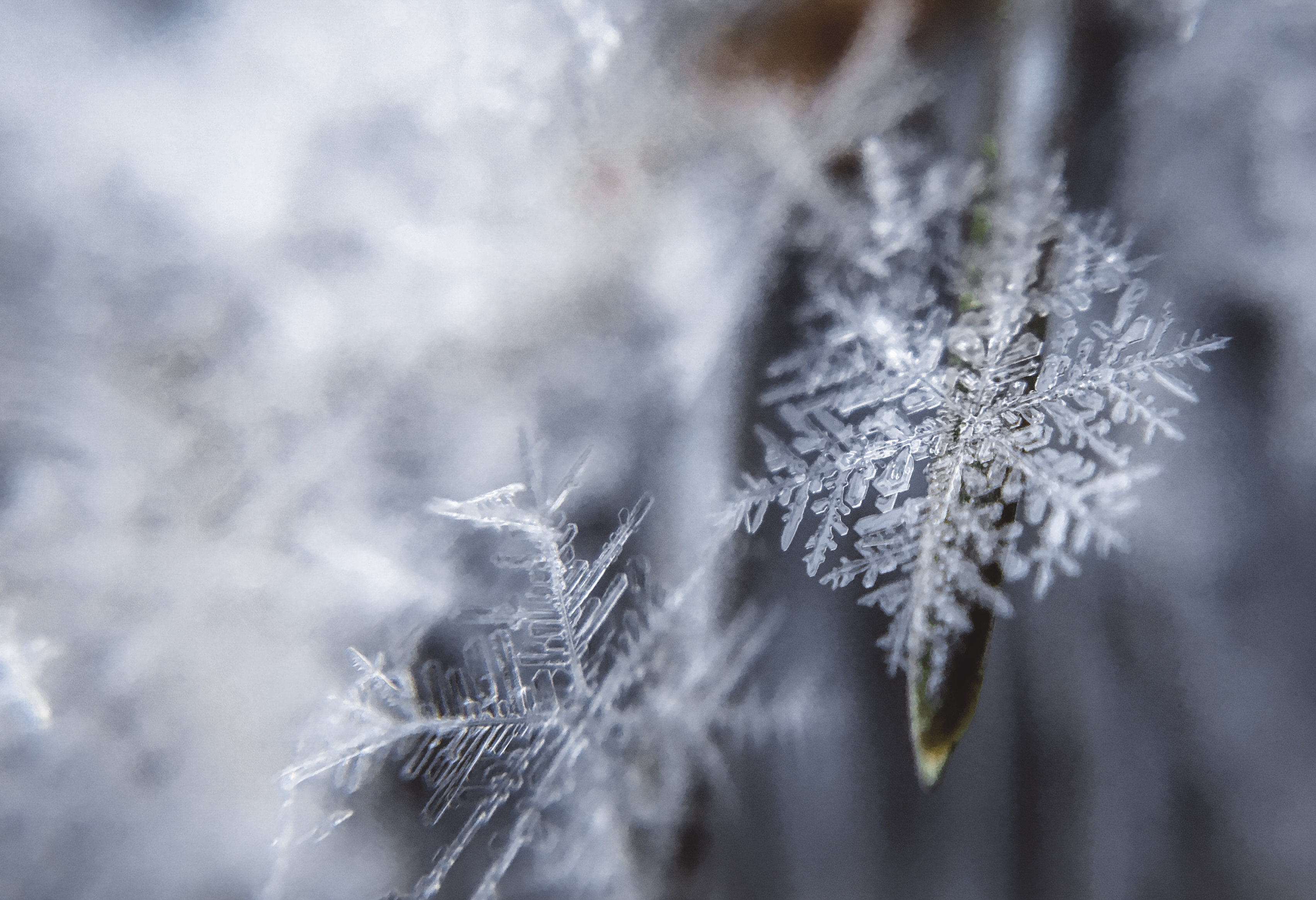
The Science:
The temperature of muscles and ligaments is normally below that of the core temperature.1 This allows the arms and legs to act as a radiator to remove heat from the intestines, active muscles, and the core.2 The limbs are at least 6°C below the core temperature to allow temperature movement down a gradient. Skin temperature is typically 31°C on the arms and legs.3
In rat and cat studies, heat applied to collagenous tissues facilitates stretching.4,5 The mechanism of the changes in elasticity is partly due to unwinding of the actin filaments in muscle from stretch, rotation, and collagen relaxation.6 In humans hamstring grafts elasticity increases by about 20% when warmed from operating room temperature to body temperature.7
In the winter, the cold alters both the elasticity of ligaments, tendons and muscles. This phenomenon increases the force necessary to passively move joints through range of motion, whereas heat has the opposite effect.8
Management:
Heat therapy is excellent as a counter to the decrease in elasticity from cold. Heat therapy whether internal or applied takes approximately 20 minutes for fascia to soften.9,10
External application of heat with a heating pad or warm bath can effectively manage trigger points in the body as well as injections and opioids.11 External heat is effective at warming up peripheral joints like knees and ankles.9
Light exercise is another way to counteract cold induced changes in fascia. Exercise raises the blood flow to muscle and the temperature of muscle rises.3
External application of heat with sauna or hot shower is excellent before and after exercise. Heat therapy post exercise. increases glycogen resynthesis and muscle recovery.12 Heat pre-exercise is also postulated to reduce the chance of injury by reducing energy cost of muscle contraction and internal friction.6
A combination of heat and stretching is also extremely effective at changing tissue stiffness13and can be readily done while using external heat modalities like heating pads, saunas, and baths.
Professional Help:
Fascia Manipulation is an Italian method that address fascia densification and stiffness.14Myofascial release is an osteopathic technique through layered palpation that specifically treats the deep fascia and is highly effective and improving stiffness.10 In the cold months, if heat, exercise and stretching are not sufficient,10 obtaining expert manipulation may help facilitate relief.
References:
1. Petrofsky JS, Lind AR. Insulative power of body fat on deep muscle temperatures and isometric endurance. Journal of Applied Physiology. 1975;39(4):639-642. doi:10.1152/jappl.1975.39.4.639
2. Petrofsky J, Lee H, Trivedi M, et al. The Influence of Aging and Diabetes on Heat Transfer Characteristics of the Skin to a Rapidly Applied Heat Source. Diabetes Technology & Therapeutics. 2010;12(12):1003-1010. doi:10.1089/dia.2010.0152
3. Webb P. Temperatures of skin, subcutaneous tissue, muscle and core in resting men in cold, comfortable and hot conditions. Europ J Appl Physiol. 1992;64(5):471-476. doi:10.1007/BF00625070
4. Sato H. Effects of skin cooling and warming on stretch responses of the muscle spindle primary and secondary afferent fibers from the cat’s tibialis anterior. Experimental Neurology. 1983;81(2):446-458. doi:10.1016/0014-4886(83)90274-1
5. Warren CG, Lehmann JF, Koblanski JN. Heat and stretch procedures: an evaluation using rat tail tendon. Arch Phys Med Rehabil. 1976;57(3):122-126.
6. Jarosch R. Large-scale Models Reveal the Two-component Mechanics of Striated Muscle. IJMS. 2008;9(12):2658-2723. doi:10.3390/ijms9122658
7. Ciccone WJ, Bratton DR, Weinstein DM, Elias JJ. Viscoelasticity and Temperature Variations Decrease Tension and Stiffness of Hamstring Tendon Grafts Following Anterior Cruciate Ligament Reconstruction: The Journal of Bone & Joint Surgery. 2006;88(5):1071-1078. doi:10.2106/JBJS.E.00576
8. Lee H. Effect of heat and cold on tendon flexibility and force to flex the human knee. Med Sci Monit. 2013;19:661-667. doi:10.12659/MSM.889145
9. Petrofsky JS, Laymon M. Heat transfer to deep tissue: the effect of body fat and heating modality. Journal of Medical Engineering & Technology. 2009;33(5):337-348. doi:10.1080/03091900802069547
10. Ichikawa K, Takei H, Usa H, Mitomo S, Ogawa D. Comparative analysis of ultrasound changes in the vastus lateralis muscle following myofascial release and thermotherapy: A pilot study. Journal of Bodywork and Movement Therapies. 2015;19(2):327-336. doi:10.1016/j.jbmt.2014.11.018
11. Petrofsky J, Laymon M, Lee H. Local heating of trigger points reduces neck and plantar fascia pain. BMR. November 2019:1-8. doi:10.3233/BMR-181222
12. Naperalsky M, Ruby B, Slivka D. Environmental Temperature and Glycogen Resynthesis. Int J Sports Med. 2010;31(08):561-566. doi:10.1055/s-0030-1254083
13. Bleakley CM, Costello JT. Do Thermal Agents Affect Range of Movement and Mechanical Properties in Soft Tissues? A Systematic Review. Archives of Physical Medicine and Rehabilitation. 2013;94(1):149-163. doi:10.1016/j.apmr.2012.07.023
14. Branchini M, Lopopolo F, Andreoli E, Loreti I, Marchand AM, Stecco A. Fascial Manipulation® for chronic aspecific low back pain: a single blinded randomized controlled trial. F1000Res. 2016;4:1208. doi:10.12688/f1000research.6890.2


